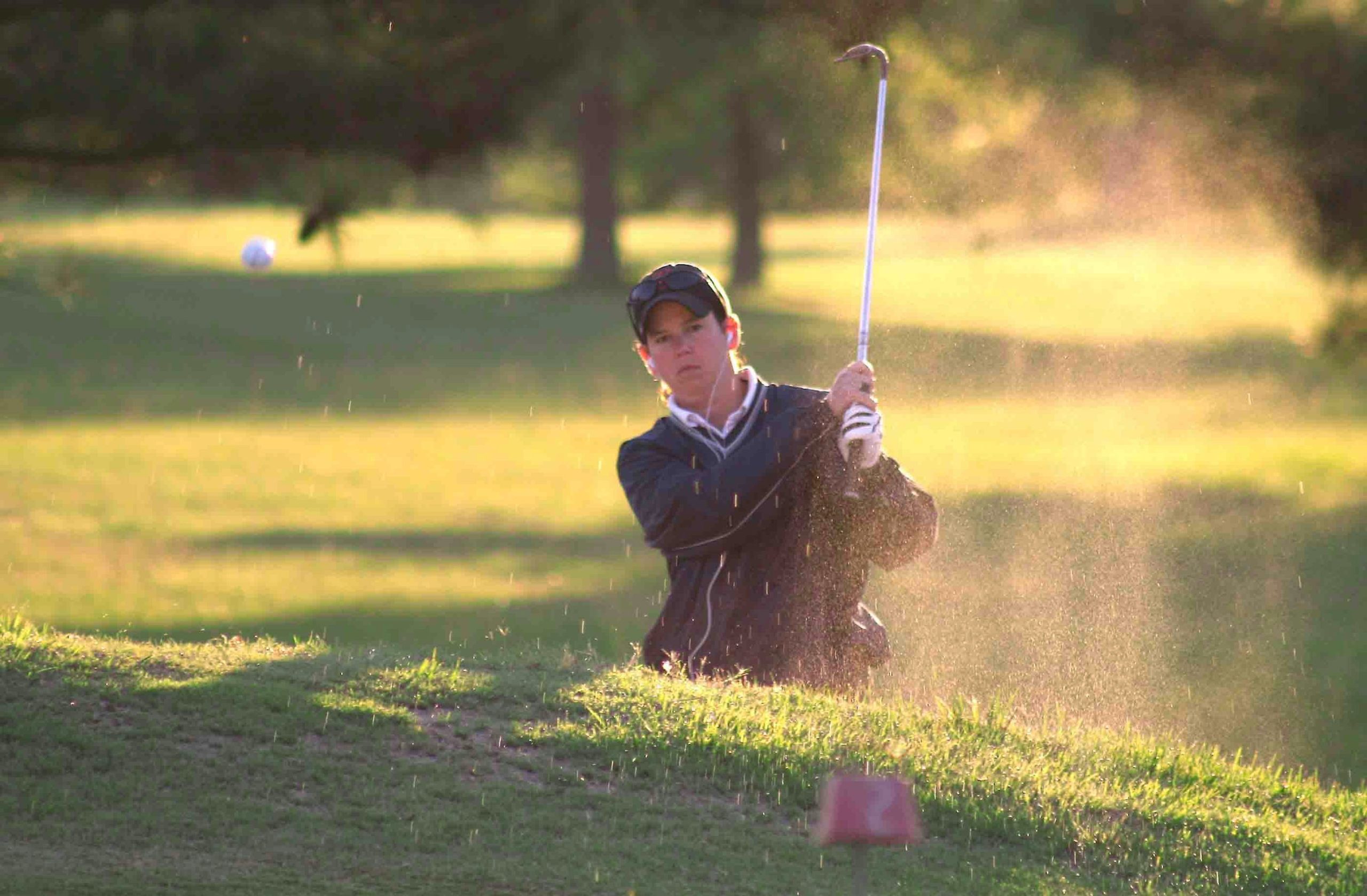What is biomechanics?
Biomechanics is the study of the movement of the body. It looks at how the body moves and how forces are applied to it. This can help us to understand how athletes can improve their sports performance, and how they can prevent injuries from occurring. In this blog post, we will explore the principles of biomechanics and see how they can be applied to sport.
The principles of biomechanics in sport
In biomechanics, the main principles are force, motion, and torque. Force is the push or pull that acts on a body. Motion is how an object moves as a result of forces acting upon it. Torque is how much force is required to rotate an object on its axis. These three principles can be applied to sports performance, as each of them affects how quickly and efficiently a body moves.
For example, when an athlete performs a jump or sprint, their muscles generate force to move the body forward. At the same time, their core muscles must generate torque to stabilize the body so that it does not become off balance. Without proper biomechanical principles in place, an athlete cannot move as efficiently and is more likely to become injured.
Biomechanics for sports performance
Biomechanics can help athletes improve their performance by analysing how they are applying force, motion, and torque when they perform their sport. By understanding the principles of biomechanics, athletes can learn how to generate the right amount of force at the right time in order to achieve the desired result. This can be especially beneficial for athletes in disciplines such as gymnastics and diving, where precise movements are essential for a successful performance.
How is biomechanics used in sports?
The following are some examples of how biomechanics can be used:
- Equipment Design: The study of biomechanics can be used to improve the design of sports equipment, clothing, shoes, and athletic venues. For example, a shoe company might use findings from biomechanical research to create a sneaker that better supports the foot or an increase ankle joint range-of-motion.
- Individuals’ movements: By studying an individual’s movements, biomechanics can help that person learn how to exercise and play sports more effectively. For example, their running gait or golf swing can be filmed, and coaches can use that footage to offer recommendations for improvement.
- Prevention of Injuries: By studying the biomechanics of sports injuries, we can learn how to prevent them from happening in the first place. Researchers will look at things like the force exerted on ankle during play, and whether or not shoe design or playing surface might be a factor in injury prevention.
- Training: Biomechanics research can help make sports techniques and training more efficient. For example, they could study how hand position affects propulsion in swimming to contribute to a faster swimmer. Another area biomechanics may focus on is creating new training methods based off the mechanics of the sport with intention of enhancing performance levels.
Biomechanics for injury prevention
It is also possible to use biomechanics to help prevent injuries from occurring. By understanding how the body works when it moves, we can identify areas that may be prone to injury. For example, an athlete may be putting too much strain on a joint because they are applying force in the wrong direction. In this case, biomechanics can inform coaches and athletes of the correct way to move so that injuries do not occur.
Biomechanics at Osteo & Physio
Biomechanics is a complex science which can have a huge impact on sports performance. By understanding the principles of biomechanics, athletes can optimise their performance and reduce their risk of injury. This technology is already being used by professional athletes, but it is becoming increasingly accessible to amateur sportsmen and women too.
Tom Ward, osteopath and owner of our Epsom clinic, specialises in biomechanics for sports and the performing arts. So if you’re looking to improve your sports performance, why not give biomechanics a try? You could be pleasantly surprised with the results.

